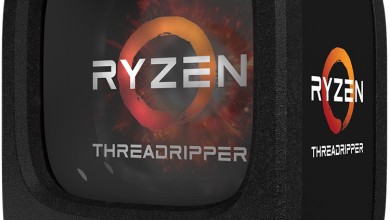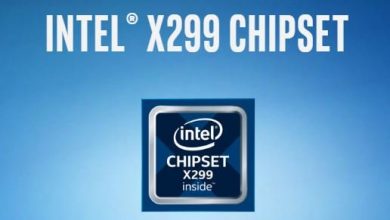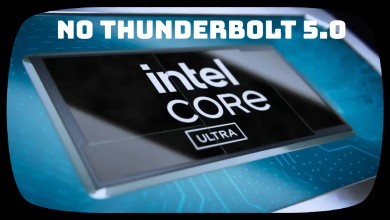Storming the tech world by surprise, Nvidia’s CEO Jensen Huang has announced at the CES 2019 keynote, that GeForce latest driver update (driver 417.71 ), will let GeForce graphics cards use AMD FreeSync monitors to deliver fully synced, smooth tearing-free gaming.
And not without causing a certain amount of confusion, he went on saying that it would apply (for now) to 12 monitors only.
The truth is a bit more nuanced.
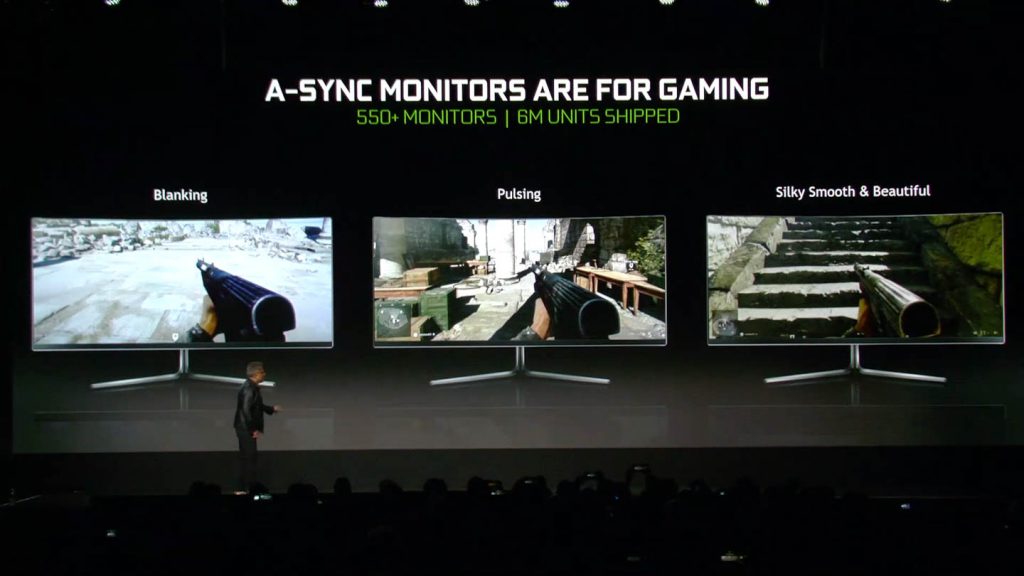
Nvidia’s new support for adaptive sync displays comes in no less than 4 distinct category:
- G-SYNC Ultimate (with G-SYNC HDR)
- G-SYNC
- G-SYNC Compatible
- FreeSync or VESA Adaptive Sync monitors
G-Sync Ultimate
These G-Sync certified monitor have Nvidia’s G-Sync module inside and support the suite of HDR features. These are the latest generation of high-end monitors.
(regular) G-Sync
These are older monitors which already have a G-Sync module but don’t support the newwer G-Sync HDR. They are the adaptive sync monitors that have always worked with Nvidia GPUs and Nvidia GPUs only, and the ones that command a higher price tag than their FreeSync counterparts.
G-Sync compatible
This is where it gets interesting. These are FreeSync monitors that Nvidia has tested and certified to pass their strict G-Sync performance metrics.
They don’t have a G-Sync module, but they do support the VESA Adaptive Sync standard, so they also work with AMD GPUs. With the latest Nvidia drivers, these monitors now work with adaptive sync on Nvidia GPUs by default.
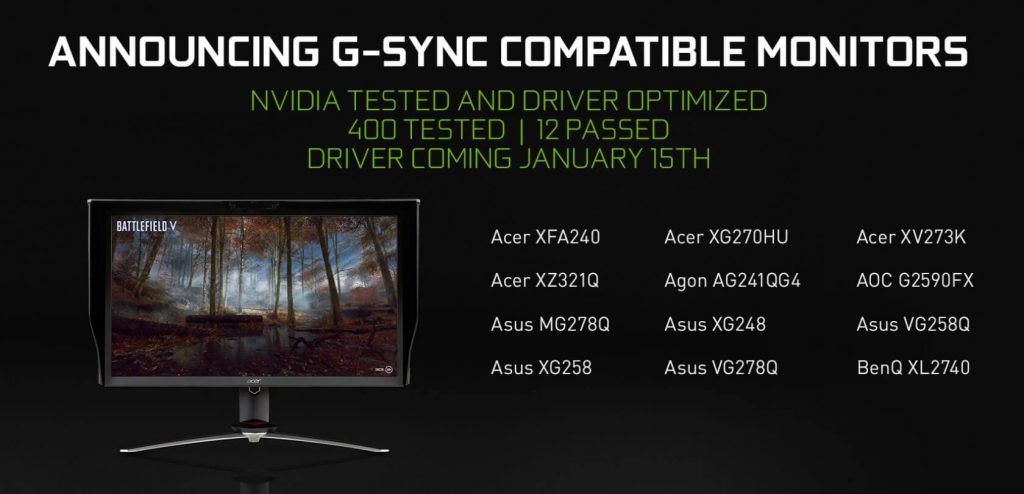
So far, Nvidia has announced that 12 monitors are G-Sync Compatible, you can see the list above. If you own any of these monitors and install Nvidia’s latest driver, adaptive sync will be enabled automatically and you can use it just like you would with any G-Sync monitor.
Nvidia claims that G-Sync compatible is still inferior to regular old G-Sync arguing that certified G-Sync monitors went through a more rigorous battery of testing and have more features such as a full variable refresh rate range, factory color calibration and variable overdrive. However, G-Sync monitors can, as well, be factory calibrated and have a full variable rate range. They are simply not prerequisites in order for these monitors to receive a “G-Sync Compatible” sticker.
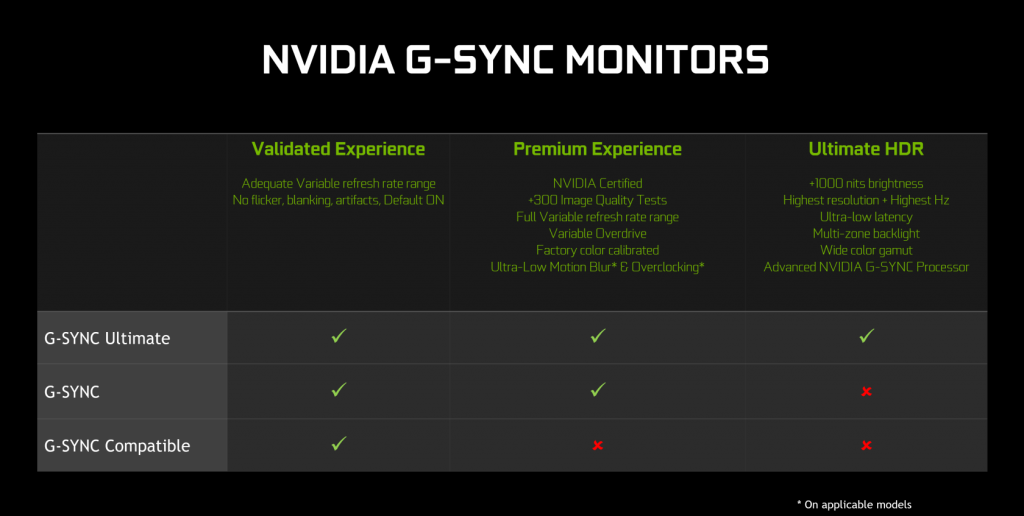
FreeSync or VESA Adaptive Sync monitors
These are any FreeSync or VESA Adaptive Sync monitors which did not receive a “G-Sync Compatible” sticker and have not been tested by Nvidia.
Nvidia simply states that, because these monitors are yet to be tested “it may work, it may work partly, or it may not work at all”.
Indeed, only certified monitors are guaranteed to work, however the drivers do not restrict you and in reality every adaptive sync monitor is now supported. All you have to do is enable the toggle, and away you go.
There’s also a fourth tier that Nvidia only talks about briefly. And that’s the ability to use any FreeSync or VESA Adaptive Sync monitor with an Nvidia GPU via a toggle in the Nvidia Control Panel.
But a word of caution. Nvidia did go out of its way during its keynote to warn people against blindly trusting any non-certified FreeSink / VESA Adaptive Sync, and did show case flickering monitors as example.
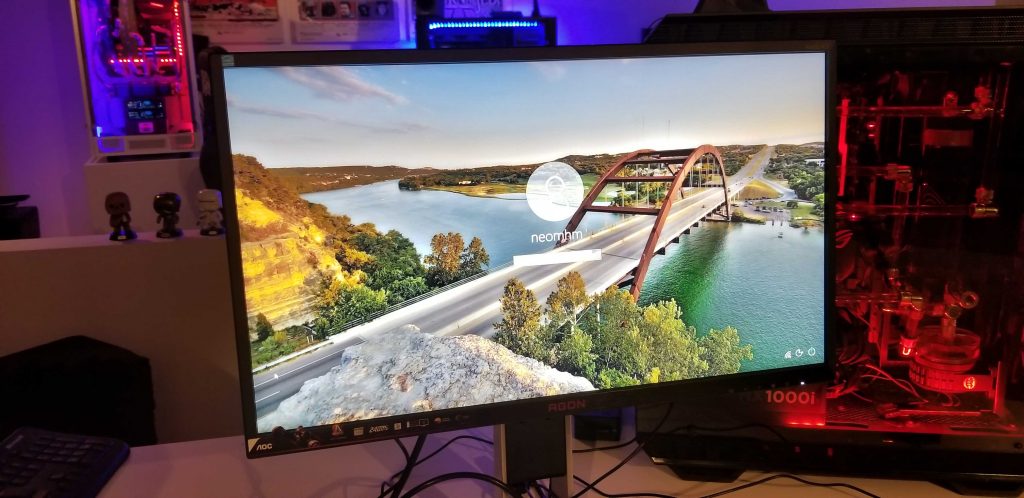
After testing 6 non-certified monitors today, amongst different years of release and brands, I have not detected the slightest issue. I shall continue conducting tests on another 20 individual monitors, but I can safely say that Nvidia’s claim seems to me to be baseless, and more likely motivated by marketing consideration.
Nevertheless, to avoid any danger, if you are going for a FreeSync monitor and hopping to make it work with a 10 or 20 series Nvidia GPU, I would not go earlier than 2017 and buy from mainstream reputable brands.
One final note, G-Sync compatible and FreeSync monitors only work with Nvidia’s GTX 10 series or newer. We tested a variety of monitors with a GeForce RTX 2080 Ti, but all Pascal cards should also work. This is different to G-Sync monitors, which work with GPUs back to Nvidia’s GeForce 600 series. We believe this is because Pascal is the first GPU architecture to support adaptive sync as well as G-Sync, while older architectures supported just G-Sync.

